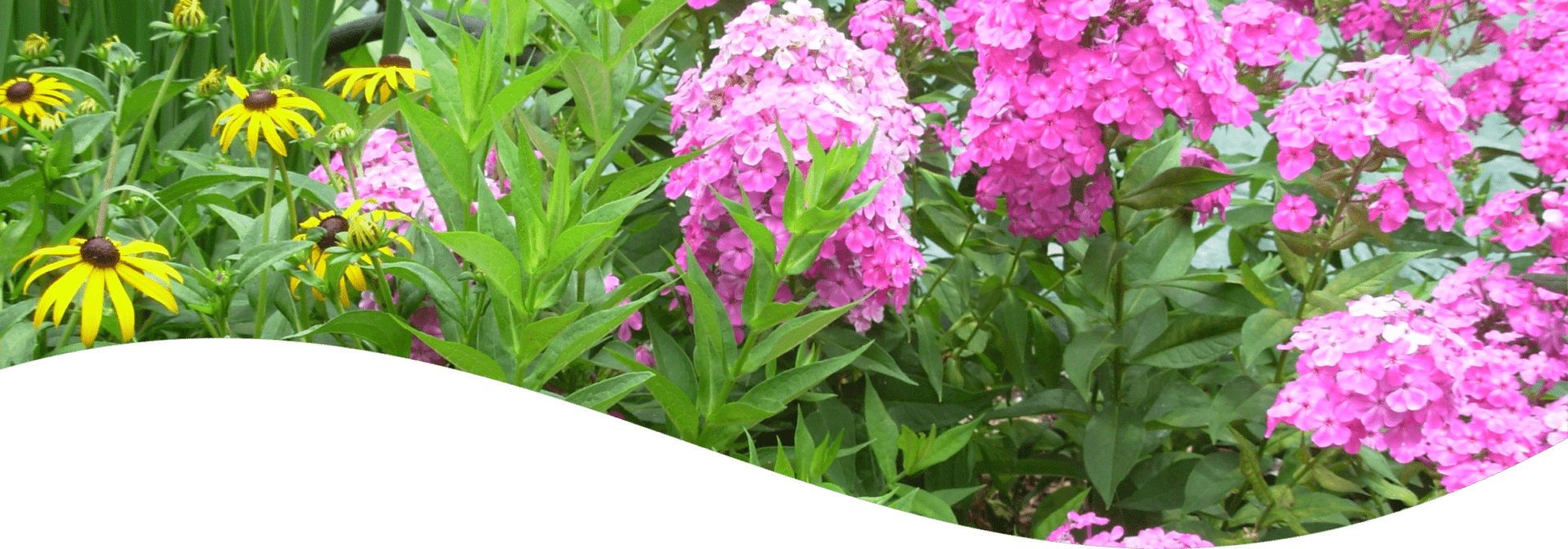Hydrangeas: Old Wood or New Wood Blooms
Hydrangeas are a very popular landscape plant because they have such beautiful flowers, and they’re generally pretty easy to take care of. But there’s also a ton of confusion about hydrangea care and how to keep them looking their best.
While they’re all related, they do not all have the same growth and bloom patterns. Some hydrangeas change color based on pH; some hydrangeas bloom on fresh growth from this year called new wood, and some flower on the growth they put out last year called old wood. It all depends on the species of hydrangea, so it’s helpful to know what you have and keep the plant info card handy.
When to Prune Hydrangea: You can prune hydrangeas that bloom on old wood right after they finish flowering. You can prune varieties that bloom on new wood in late winter or early spring.
How Can I Tell If My Hydrangea Blooms on Old or New Wood? there are a few clues that will help you determine if your hydrangea blooms on new or old wood.
- If you prune your hydrangea in the spring and it did not flower that summer, then it’s likely one that blooms on old wood, and spring pruning would have removed the buds
- If you prune your hydrangea hard in the spring, and it still blooms that year, then it blooms on new wood
- Feeling your wood on the hydrangeas can help you tell the difference between old and new wood
- Old wood should be stiffer, tougher, thicker, and more gray or brown, while new wood will be much more flexible, soft, and should still have a greenish tinge.
- You can also check your hydrangea in the fall to see if any buds are starting to push out already. If there are buds already on the branches, then it blooms on old wood– if there are not yet buds in the fall, then new growth will push out the following spring.
